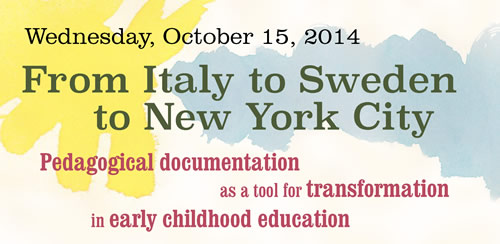With election season coming to an end, a topic that both presidential candidates agree on is increasing access to early childhood education for the nation’s youngest citizens. The subject of early care and education has received growing attention over the past decade, but the findings of a recent report issued by the Robert Wood Johnson Foundation’s Forward Promise Initiative demonstrate how much more society has to do to create equitable access to early education, especially for boys of color.
Unequal Access: Barriers to Early Childhood Education for Boys of Color shares the results of a recent study exploring the issues young boys of colors face from birth through the early childhood years. The findings of the report suggest that there is a significant disparity among boys of color (including African Americans, Hispanics, and American Indians/Alaska Natives) in term of access to high-quality school. Young boys of color are also more likely to grow up in low-income households, and thus, often encounter structural obstacles throughout their early experiences with education that negatively affect their likelihood of school and later life success. In response to these issues, the authors of the report discuss opportunities at the community, state, and federal levels to eliminate barriers to quality early childhood education for boys of color.
As new leadership enters the Oval Office, the field of early childhood has the opportunity to increase access to excellence for all children and especially boys of color. With bipartisan support for early childhood education at an all-time high, federal investments must be increased for child care assistance funding and state funding for preschool expansion and quality improvement. Suspension and expulsion are one of the reasons identified in the report that boys of color have less access to early childhood education. The National Association for the Education of Young Children has issued a joint policy statement and offers a number of resources on the topic.
